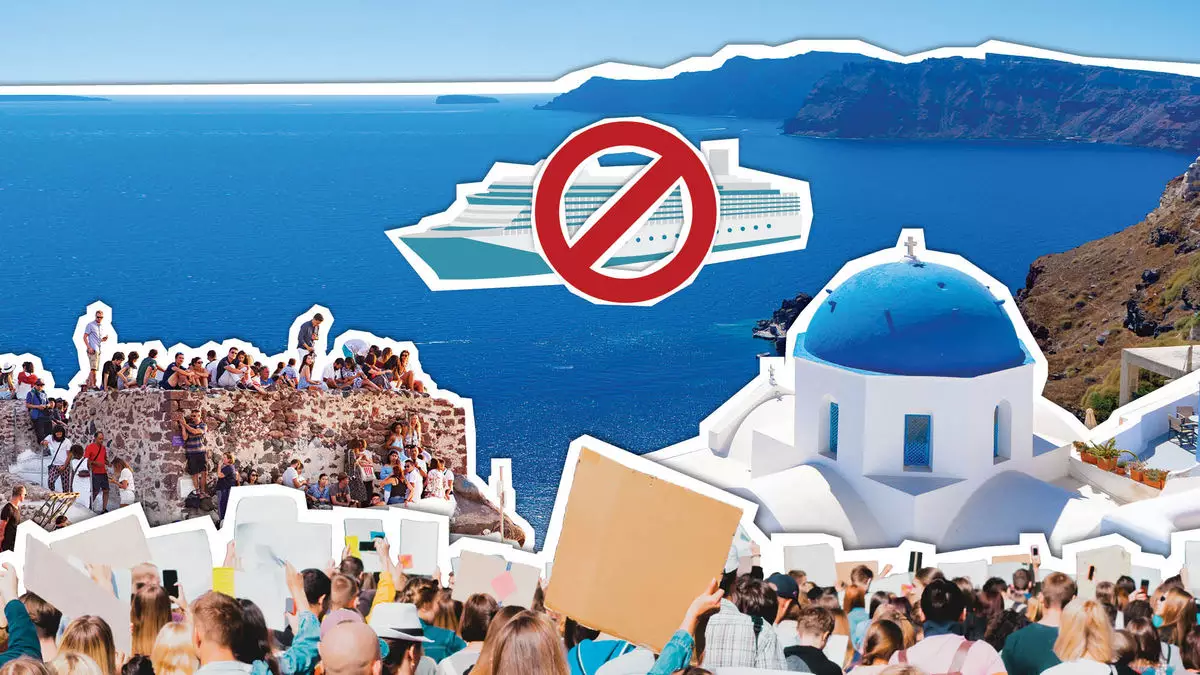In recent years, the cruise industry has faced increasing pressure from local communities to self-regulate in order to minimize their impact on the environment and local infrastructure. Key West residents, for example, voted to limit cruise ships in their port, with concerns being raised about water turbidity threatening coral reefs. While initial restrictions were later overturned, it sparked a dialogue between cruise companies and municipalities about finding a balance that satisfies both parties.
Local activists in Key West were infuriated by the Florida Department of Environmental Protection’s decision to allow larger ships to dock at the pier, highlighting the ongoing tension between the economic benefits of tourism and the environmental impact of cruise ships. Despite these challenges, cruise lines like MSC Cruises USA are prioritizing relationships with local communities and carefully considering their impact before deciding which ships to send to specific ports.
In response to concerns about the increasing number of cruise ships docking in Juneau, city officials worked with the Cruise Lines International Association (CLIA) to establish a daily limit on the number of ships allowed to visit the port. This proactive approach demonstrates a willingness on the part of cruise lines to work collaboratively with local communities to find a balance between meeting customer demand and preserving the local environment.
David Herrera, president of Norwegian Cruise Line, emphasized the importance of finding mutually beneficial solutions that satisfy both local interests and the profitability of cruise lines. By engaging in dialogue and making concessions, cruise lines are demonstrating a commitment to sustainable tourism practices and long-term partnerships with the communities they visit.
Cruise lines are also taking steps to reduce their environmental footprint by incorporating new technology and adjusting their itineraries. For example, Celebrity Cruises is investing in ships with tri-fuel engines that can use cleaner fuels as they become available, showing a commitment to sustainability and responding to the concerns of local communities.
In addition to technological advancements, cruise lines are adapting their itineraries to alleviate the pressure on popular destinations like Venice by shifting sailings to less-visited ports like Ravenna. This approach not only benefits the environment but also offers guests the opportunity to explore new destinations and experience a different side of the cruise experience.
To support their growth while minimizing their impact on local communities, cruise lines are investing in private destinations that offer alternative stops for their ships. By partnering with destinations like Ravenna and developing new private islands, cruise lines are able to provide unique experiences for their guests while reducing the strain on popular ports of call.
The tension between the economic benefits of tourism and the environmental impact of cruise ships is a complex issue that requires collaboration and innovation from all stakeholders. By working together with local communities, implementing sustainable practices, and investing in new destinations, the cruise industry can continue to thrive while preserving the places they visit for future generations.

